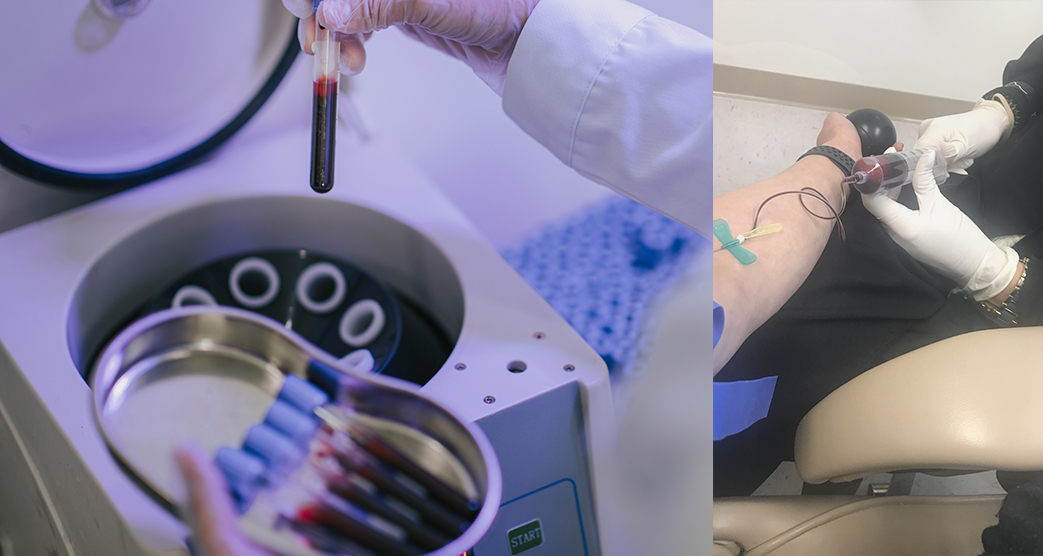Platelet-Rich Plasma (PRP) therapy has steadily gained recognition as a viable treatment for androgenic alopecia, backed by a growing body of evidence that underscores its potential to not only slow hair loss but also stimulate hair growth. Central to PRP therapy’s success is the precise concentration of platelets, a factor that has proven pivotal in the effectiveness of the treatment.
The Evidence Speaks
Recent studies have illuminated the critical role of platelet concentration in PRP therapy for androgenic alopecia. Research indicates that PRP formulations with a platelet concentration of approximately 1.5 to 5 times the baseline have been associated with the most favorable outcomes in treating hair loss. These concentrations are key to maximizing the release of growth factors that promote hair follicle regeneration, prolong the anagen (growth) phase of hair cycles, and reverse the miniaturization of hair follicles.
For instance, a systematic review published in the Journal of Cosmetic Dermatology highlights the efficacy of PRP in enhancing hair regrowth and increasing hair density in patients with androgenic alopecia. This body of evidence supports the notion that when PRP is prepared and administered correctly, it can indeed be a game-changer for those struggling with hair loss.
The Challenge of Consistency
Despite the proven potential of PRP, the landscape is fraught with inconsistency. The lack of standardized protocols for PRP preparation means that not all treatments are created equal. This variance largely stems from differing methodologies in extracting and concentrating platelets, as well as the use of various PRP kits, some of which may not meet the optimal standards required for effective treatment.
The Importance of Specialization
The efficacy of PRP therapy hinges on its correct application— a task that demands a high degree of specialization. It is crucial for patients to seek treatment from providers who not only understand the specific platelet concentrations necessary for treating androgenic alopecia but also possess the requisite equipment and expertise to achieve these concentrations. Unfortunately, the current landscape reveals that many practitioners offering PRP lack the specialized knowledge and tools, leading to treatments that fall short of the therapeutic threshold.
Navigating Treatment Options
For individuals exploring PRP as a treatment option for hair loss, the path forward involves a diligent search for qualified specialists. These professionals should not only be well-versed in the latest research regarding optimal platelet concentrations but also transparent about their methodology and success rates.
Understanding the Full Spectrum of PRP Therapy
While PRP therapy offers a beacon of hope for reversing hair loss, it’s important for patients to approach treatment with realistic expectations. Side effects, though generally minimal, can include discomfort at the injection site, swelling, and in rare cases, hair shedding. However, these effects are typically temporary and should be weighed against the potential benefits of the treatment.
The Verdict on PRP for Hair Loss
PRP therapy, when applied with meticulous attention to detail, serves as a valuable tool in the comprehensive approach to treating androgenic alopecia. It is not the sole answer but an integral part of a broader treatment arsenal. The effectiveness of PRP hinges on the precise science of achieving the optimal platelet concentration and the skillful technique of its application. As the American Hair Loss Association fosters the efforts of the field’s advancements towards uniform protocols and a deeper understanding of PRP’s nuances, it becomes essential for patients to seek specialists leading the way in this domain, to ensure they benefit from the most effective implementation of this therapy.
In this era of personalized medicine, PRP stands out as a testament to the power of leveraging the body’s own healing capabilities—offering not just hope, but real results, for those navigating the challenges of hair loss.
